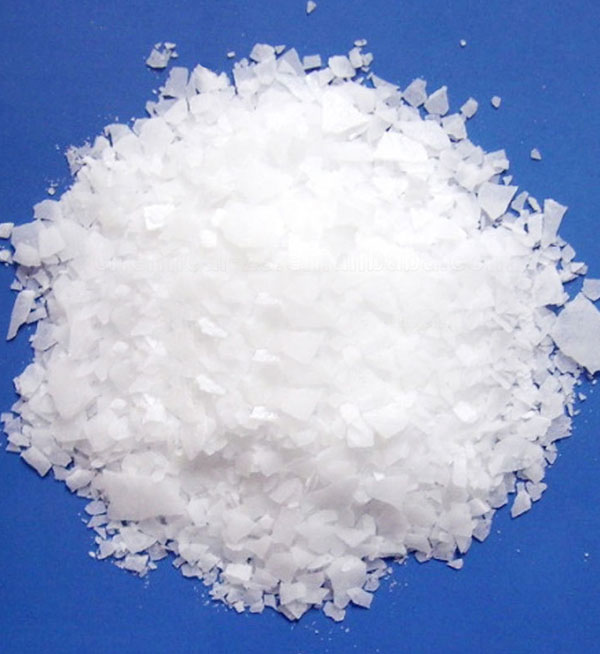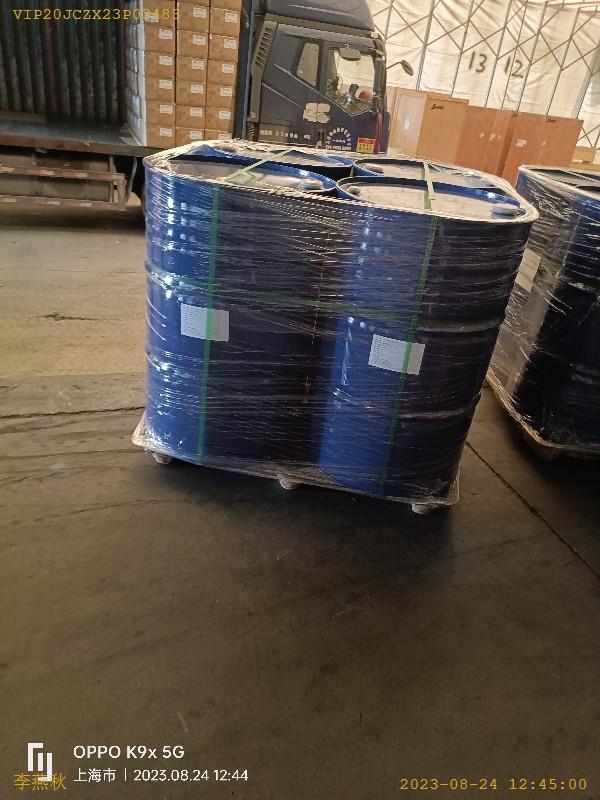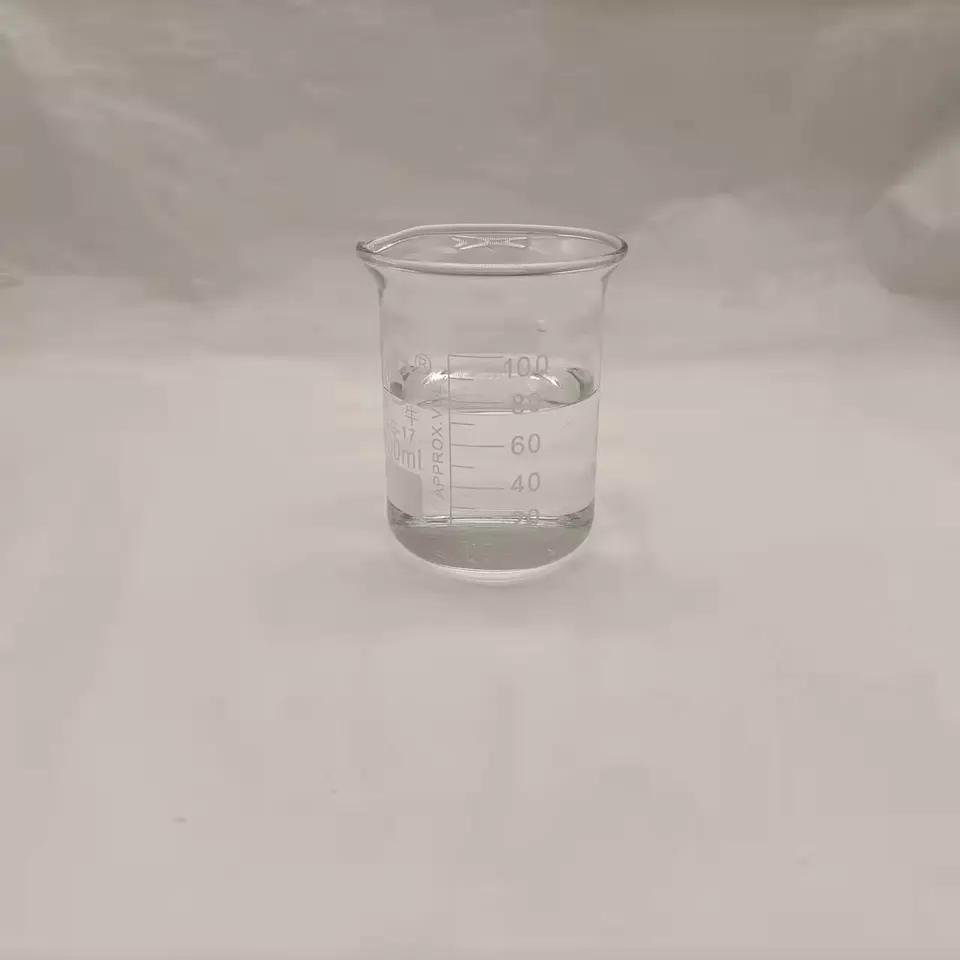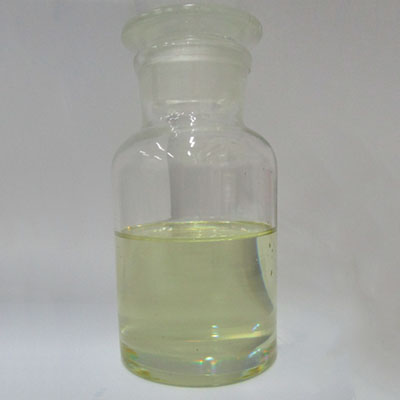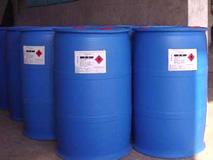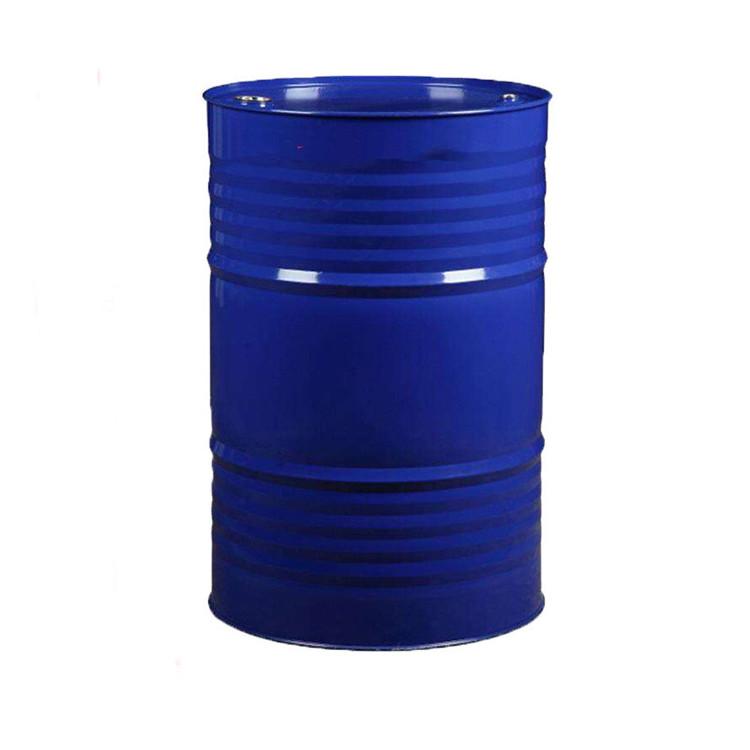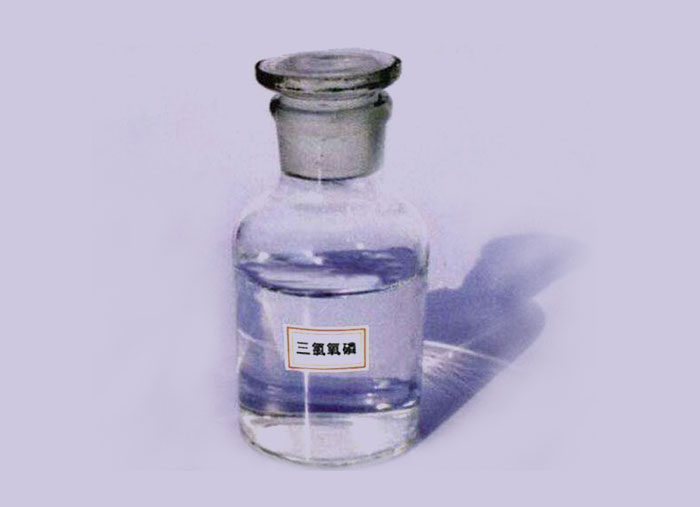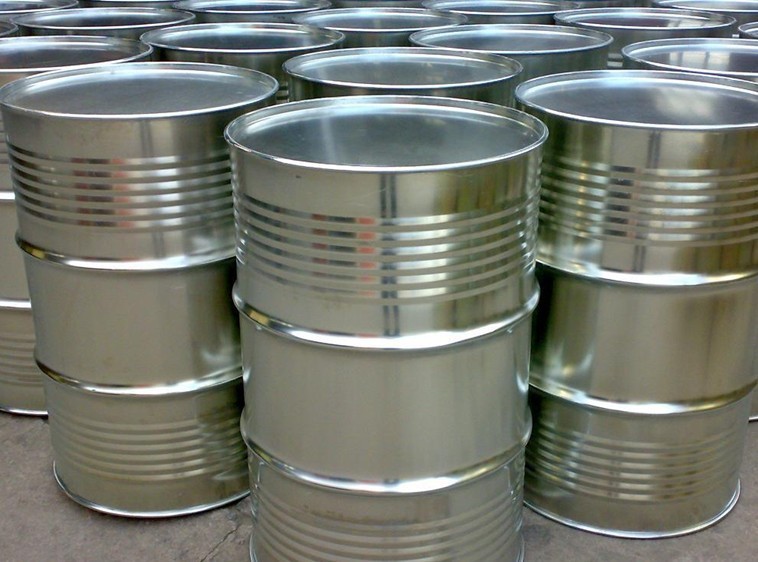CAS:100-20-9
Molecular Formula:C8H4Cl2O2
Alias
More Information
Terephthaloyl Dichloride; P-Phthaloyl Chloride; 1,4-Benzenedicarbonyl Dichloride; 1,4-Dichloroformylbenzene; P-Phenylenedicarbonyl Dichloride; P-Phenylenedicarbonyldichloride; P-Phthaloyl Dichloride; Terephthaoloyl Chloride; 1,4-Benzenecarbonyl Chloride; P-Benzoyl Chloride
Brief Introduction
Terephthaloyl chloride (TCL, 1,4-benzenedicarbonyl chloride) is the acid chloride of terephthalic acid and is one of two monomers used to make Kevlar(R), the other being p-phenylenediamine. Its CAS reference number is 100-20-9 and its chemical formula is C8H4Cl2O2.
TCL is used as a key component in performance polymers and aramid fibers, where it imparts flame resistance, chemical resistance, temperature stability, light weight, and very high strength. TCL is also an effective water scavenger, used to stabilize isocyanates and urethane prepolymers.
TCL is a white crystalline solid at room temperature, soluble in common organic solvents. Its melting point is 81.5-83 °C, its boiling point is 265 °C. It is corrosive.
TCL is used for making various copolymers and aramid polymers such as Heracron, Twaron and Kevlar(R):
Suppliers
View More Vendors (2) >
CAS:100-54-9
Molecular Formula:C6H4N2
Alias
More Information
Nicotinonitrile; Pyridine-3-Carbonitrile; 3-Pyridinecarbonitrile; Nicotinic Acid Nitrile; 3-Pyridinenitrile; 3-Pyridylcarbonitrile; 3-Azabenzonitrile; 3-Cyjanopirydyna; Nitryl Kwasu Nikotynowego; Unii-X64V0K6260; 3-Pyridinecarboxylic Acid, Nitrile; 3-Cyano Pyridine; 3- Cyanopyridine; 3 Cyano Pyridine
Brief Introduction
3-Pyridinenitrile is an intermediate of rodenticide rodenticide mirosan and Rodenticide nitrile, as well as an intermediate of medicine and feed.
Suppliers
View More Vendors (2) >
CAS:100-61-8
Molecular Formula:C7H9N
Alias
More Information
N-Phenylmethylamine; N-Methyl-Aminobenzene; N-Methylbenzenamine; N-Methyl-Aniline; Methylaniline; N-Monomethylaniline; Monomethylaniline; Methylphenylamine; N-Methyl-N-Phenylamine; N-Methylphenylamine; N-Methylaminobenzene; (Methylamino)Benzene; NMA; Octane Booster; N-Methylaniline (NMA); N-Methyl Aniline
Brief Introduction
N-methylaniline is the main product of n-alkyl aromatic amine series. It is an important intermediate of fine chemical industry and has a wide range of uses. N-methylaniline is a colorless oily liquid at room temperature, which is soluble in ethanol, ether and chloroform, insoluble in water and not easy to evaporate. However, it is not conducive to distribution in the cylinder of multi cylinder engine. It has stable properties and is not easy to decompose in air and dark environment. The main characteristics of blended gasoline with N-methylaniline antiknock agent are odor, high density, unstable unwashed gum and low olefin value, which need auxiliary antiknock agents such as MTBE and MMT. N-methylaniline is a widely used fine chemical product. It is mainly used in the production of pesticides, dyes, dye intermediates, rubber additives and explosives. It can also be used as solvent and acid acceptor, as organic synthesis intermediates, acid absorbents and solvents. It is used in the production of cationic brilliant red FG, Cationic Pink B and reactive yellow brown kGr in dye industry. It can also be used to improve the octane number of gasoline, organic synthesis and solvent.
Suppliers
View More Vendors (2) >
CAS:100-63-0
Molecular Formula:C6H8N2
Alias
More Information
Fenilidrazina [Italian]; Hydrazinobenzene; Hydrazine-Benzene; Fenylhydrazine [Dutch]; N-Phenyl Hydrazine; Hydrazine, Phenyl-; Phenylhydrazin; Hydrazine,Phenyl; 1-Hydrazinobenzene; _|_; Benzene Derivative
Brief Introduction
Phenylhydrazine is used in pesticide production to synthesize 1-phenylaminourea, the intermediate of Triazophos and 1-phenyl-3,6-dihydroxypyridazine, the intermediate of pyridazinon. It is also the intermediate of oxazolidone and imidazolidone, a new fungicide. In addition, phenylhydrazine, as an organic synthetic raw material, is also used as an intermediate in dye, medicine and other industries, as well as an analytical reagent.
Suppliers
View More Vendors (2) >
CAS:10025-87-3
Molecular Formula:Cl3OP
Alias
More Information
Phosphorus Trichloride Oxide; Fosforoxychloride; POCl3; Phosphorylchlorid; Fosforoxychlorid; Phosphorus Oxychlori; Phosphoroxidchlorid; Phosphonitrilic Chloride Trimer; Oxychloridfosforecny; Trichlorophosphate; Phosphorous Oxychloride; Phosphoryl Chloride; Phosphorous Oxytrichloride; Phosphoroxychloride; Phosphoryl Trichloride; Phosphoric Trichloride; Phosphorus(V) Oxychloride
Brief Introduction
Phosphorus oxychloride (molecular formula: POCl3), also known as phosphoryl chloride, phosphorus oxychloride and phosphorus oxychloride, is an industrial chemical raw material and a colorless and transparent liquid. It has a pungent odor. Smoke violently in humid air. Relative density 1.67. Melting point: 1.25 ℃. Boiling point 105.1 ℃. It decomposes in water and ethanol to form phosphoric acid and hydrogen chloride. When a large amount of water is poured suddenly, a violent reaction can occur. POCl3 reacts with water and alcohol to form phosphoric acid or phosphate ester, such as o = PCl3 + 3H2O → o = P (OH) 3 + 3hcl. If alcohol replaces water in the reaction, the product is trialkyl phosphate. Such reactions are often carried out in pyridine or amine to absorb the generated HCl and promote the reaction. Under the catalysis of Lewis acid such as manganese chloride, POCl3 is co heated with excess phenol (aroh) to obtain triaryl phosphate. For example, when reacting with phenol: 3c6h5oh + o = PCl3 → o = P (oc6h5) 3 + 3hcl, phosphorus oxychloride is a Lewis base and will form adducts with many Lewis acids. For example, the adduct (POCl3 · AlCl3) formed by the reaction with titanium tetrachloride: cl3p + - O − + TiCl4 → cl3p + - O - − TiCl4 and aluminum chloride is very stable, so POCl3 is also used to remove AlCl3 from the product of Friedel Crafts reaction. In the presence of AlCl3, POCl3 reacts with hydrogen bromide to form pobr3. In industry, it is prepared by the reaction of phosphorus trichloride with oxygen or phosphorus pentoxide. It is mainly used to produce phosphate esters, such as trimethylbenzene phosphate.
Suppliers
View More Vendors (2) >
Inquiry (
10
/ 10
)
Clear All
Sign In
Error!

